Product lineup:seasonal-kakejiku
-
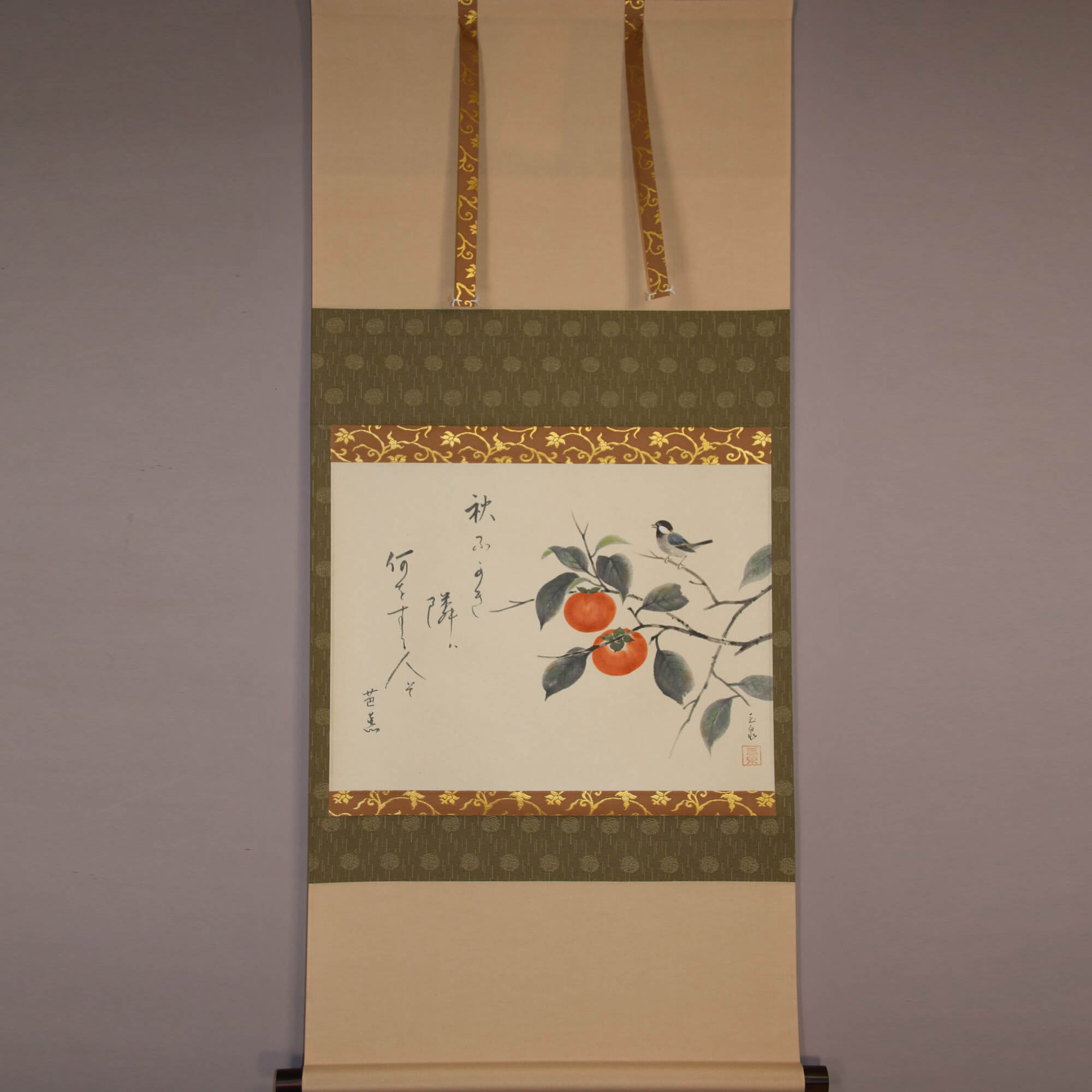 Product ID-B0125
Kakejiku Hanging Scroll: Persimmons / Hayashi Gyokusen
Kaki
JPY 35,000
Product ID-B0125
Kakejiku Hanging Scroll: Persimmons / Hayashi Gyokusen
Kaki
JPY 35,000
-
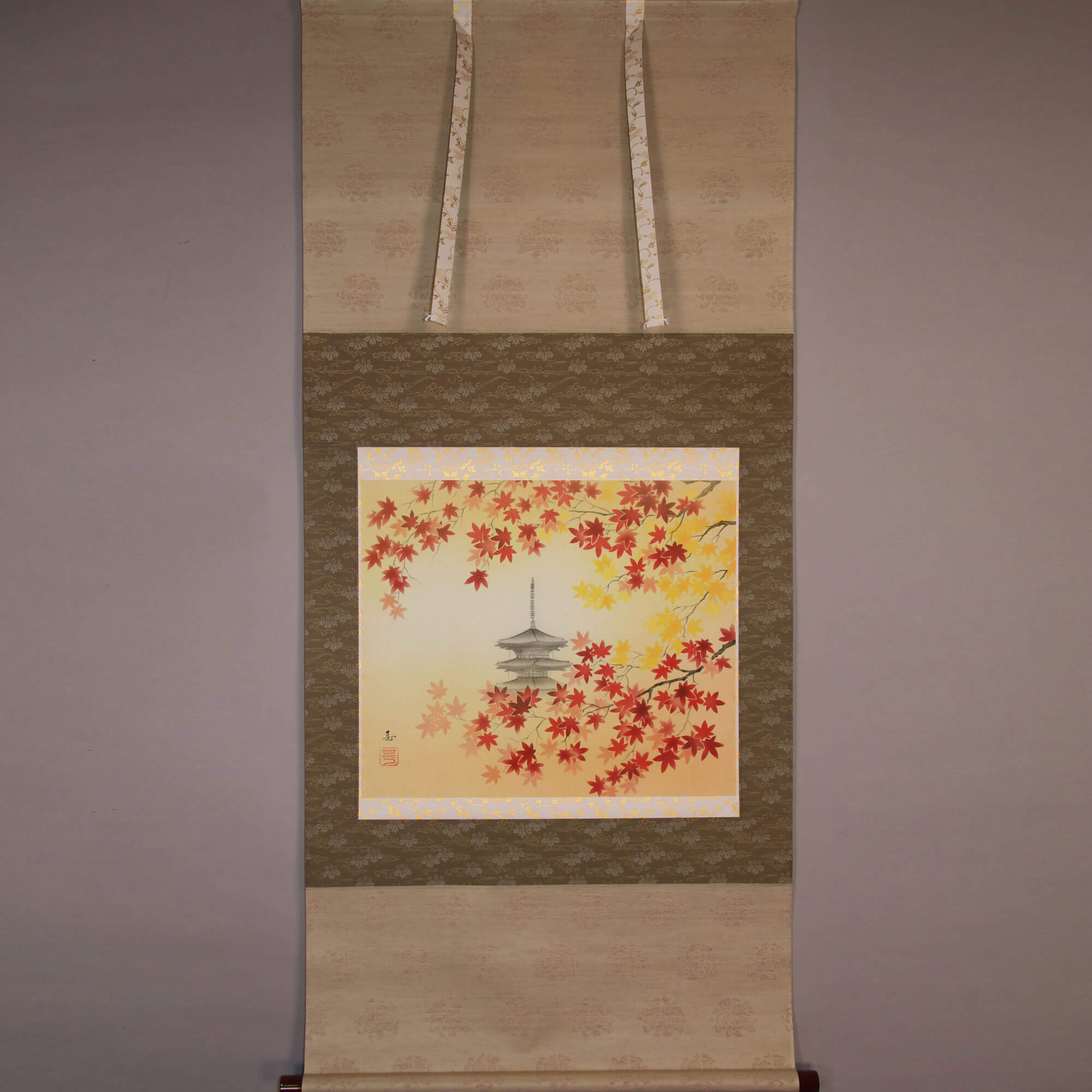 Product ID-B0126
Kakejiku Hanging Scroll: Autumn Leaves & Tower / Nakayama Jin
Momiji ni Tō
Product ID-B0126
Kakejiku Hanging Scroll: Autumn Leaves & Tower / Nakayama Jin
Momiji ni Tō
-
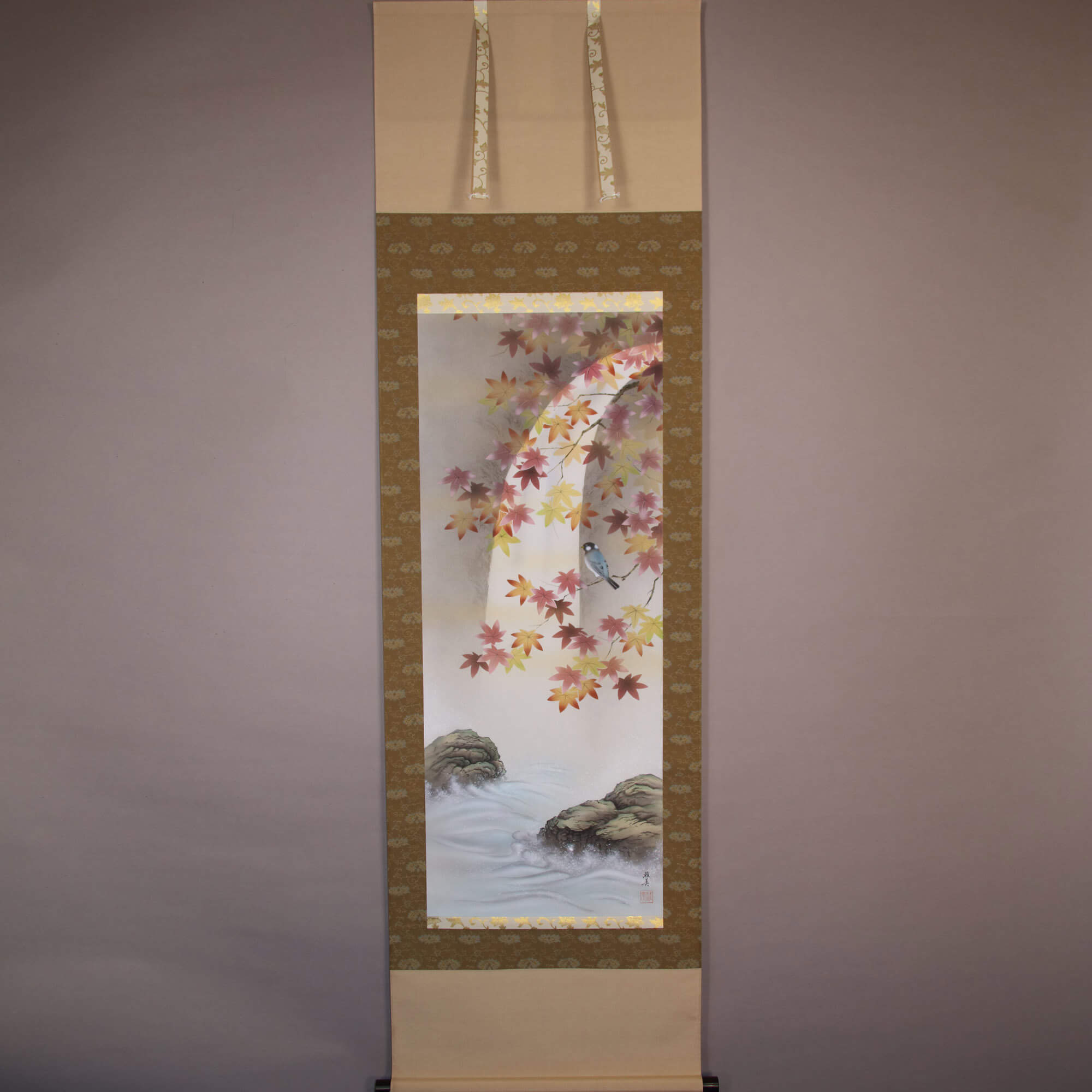 Product ID-B0127
Kakejiku Hanging Scroll: Autumn Leaves & Little Bird / Satō Masami
Momiji ni Kotori
JPY 35,000
Product ID-B0127
Kakejiku Hanging Scroll: Autumn Leaves & Little Bird / Satō Masami
Momiji ni Kotori
JPY 35,000
-
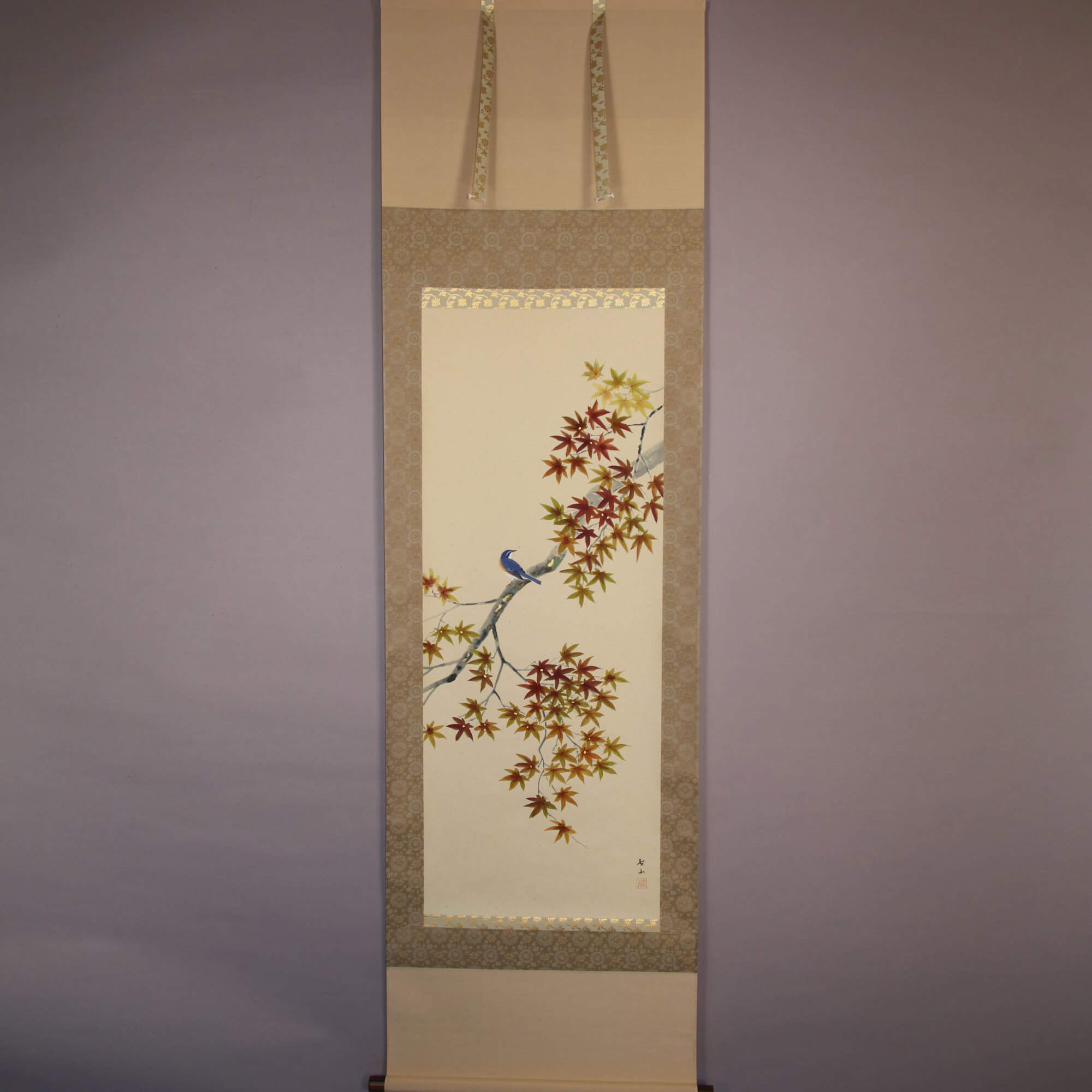 Product ID-B0128
Kakejiku Hanging Scroll: Autumn Leaves & Little Bird / Kuzuya Seizan
Momiji ni Kotori
JPY 50,000
Product ID-B0128
Kakejiku Hanging Scroll: Autumn Leaves & Little Bird / Kuzuya Seizan
Momiji ni Kotori
JPY 50,000
-
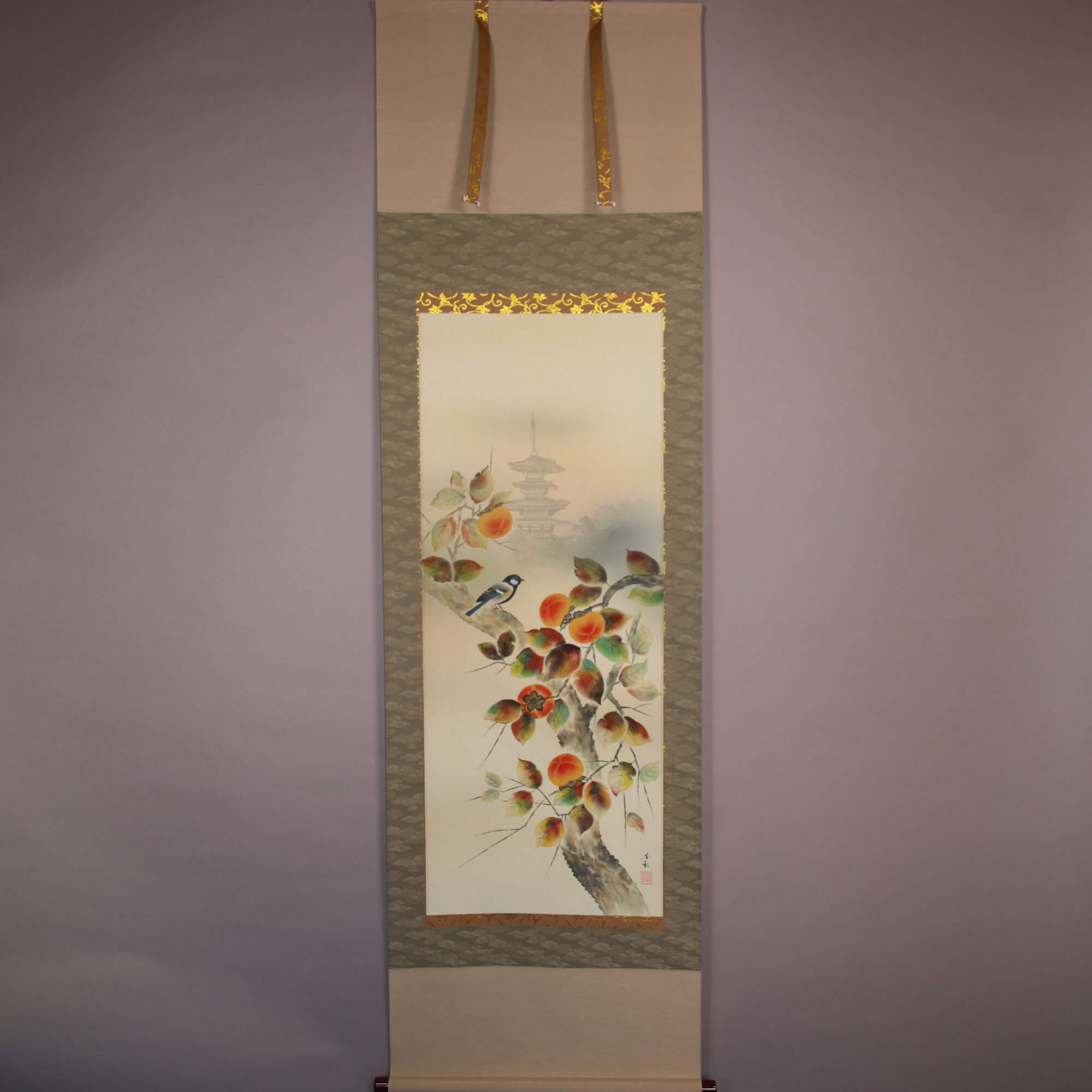 Product ID-B0129
Kakejiku Hanging Scroll: Autumn in Old Capital / Yokoyama Kōshū
Kotoi no Aki
JPY 35,000
Product ID-B0129
Kakejiku Hanging Scroll: Autumn in Old Capital / Yokoyama Kōshū
Kotoi no Aki
JPY 35,000
-
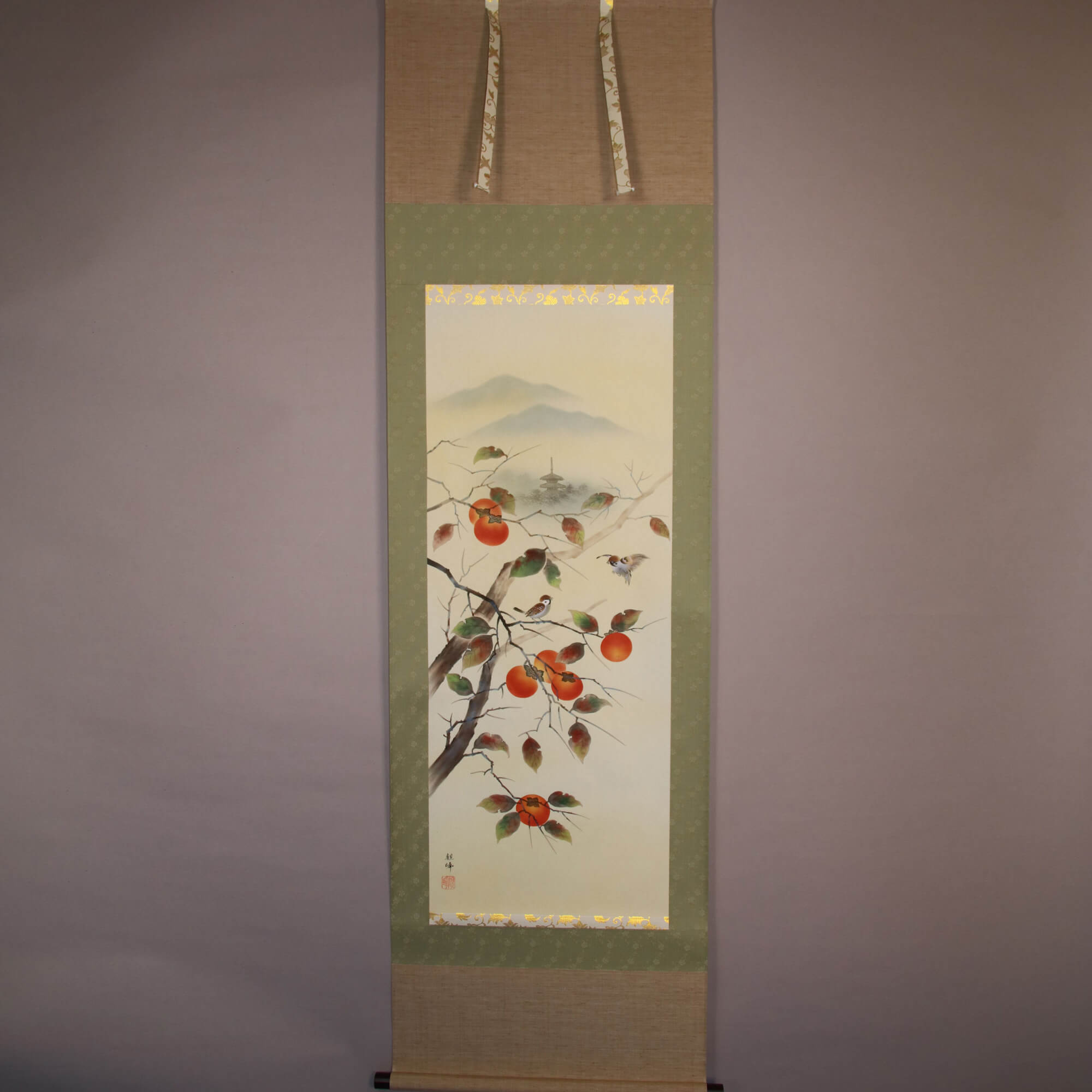 Product ID-B0130
Kakejiku Hanging Scroll: Tower & Persimmons / Kawamura Kanpō
Tō ni Kaki
Product ID-B0130
Kakejiku Hanging Scroll: Tower & Persimmons / Kawamura Kanpō
Tō ni Kaki
-
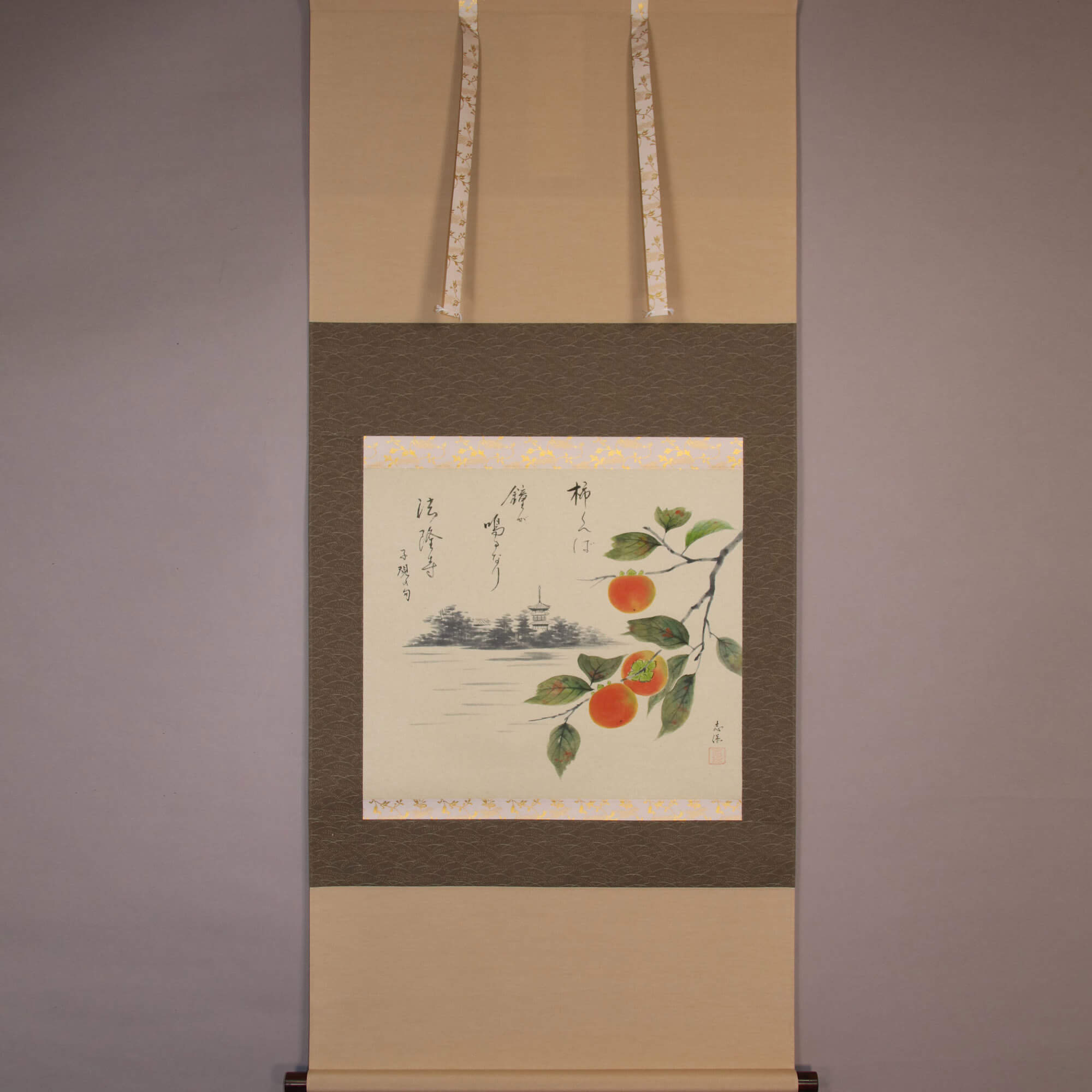 Product ID-B0131
Kakejiku Hanging Scroll: Persimmon / Nishio Shiho
Kaki
JPY 35,000
Product ID-B0131
Kakejiku Hanging Scroll: Persimmon / Nishio Shiho
Kaki
JPY 35,000
-
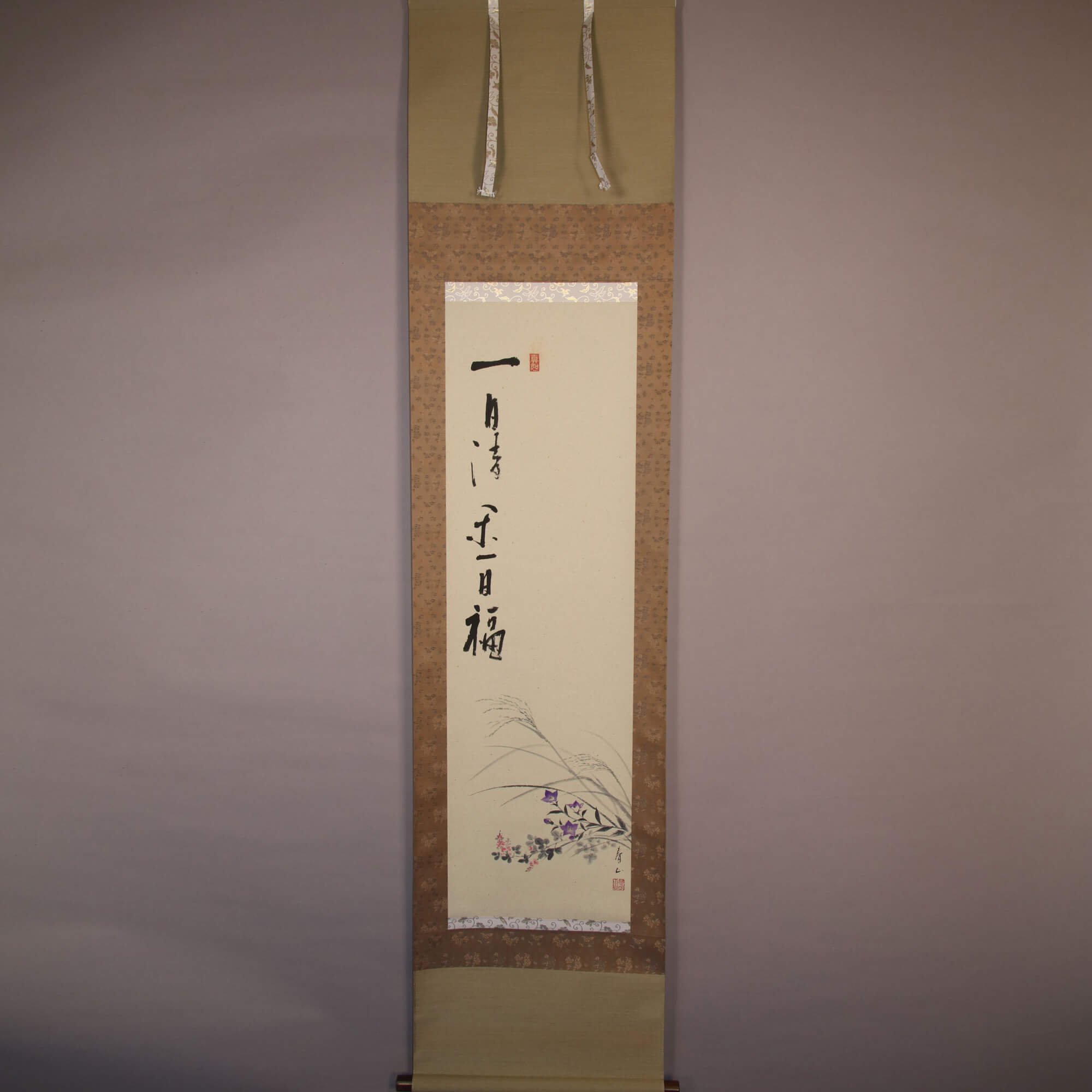 Product ID-B0132
Kakejiku Hanging Scroll: Bush Clover & Chinese Bellflower / Ibaraki Shunzan
Hagi ni kikyō
JPY 40,000
Product ID-B0132
Kakejiku Hanging Scroll: Bush Clover & Chinese Bellflower / Ibaraki Shunzan
Hagi ni kikyō
JPY 40,000
-
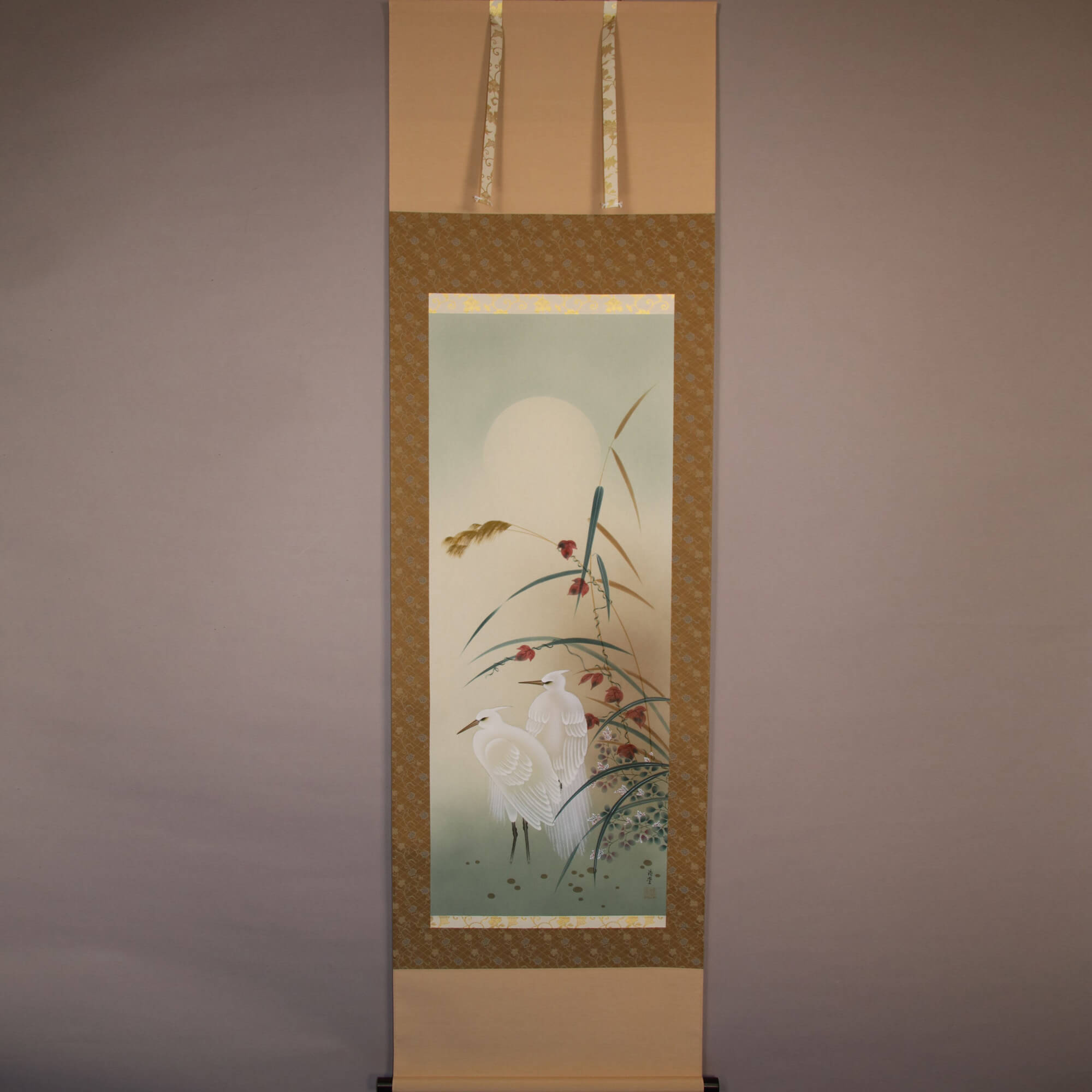 Product ID-B0133
Kakejiku Hanging Scroll: Egrets under Moonlight / Sakurai Kōdō
Gekka Shirasagi Zu
JPY 30,000
Product ID-B0133
Kakejiku Hanging Scroll: Egrets under Moonlight / Sakurai Kōdō
Gekka Shirasagi Zu
JPY 30,000
-
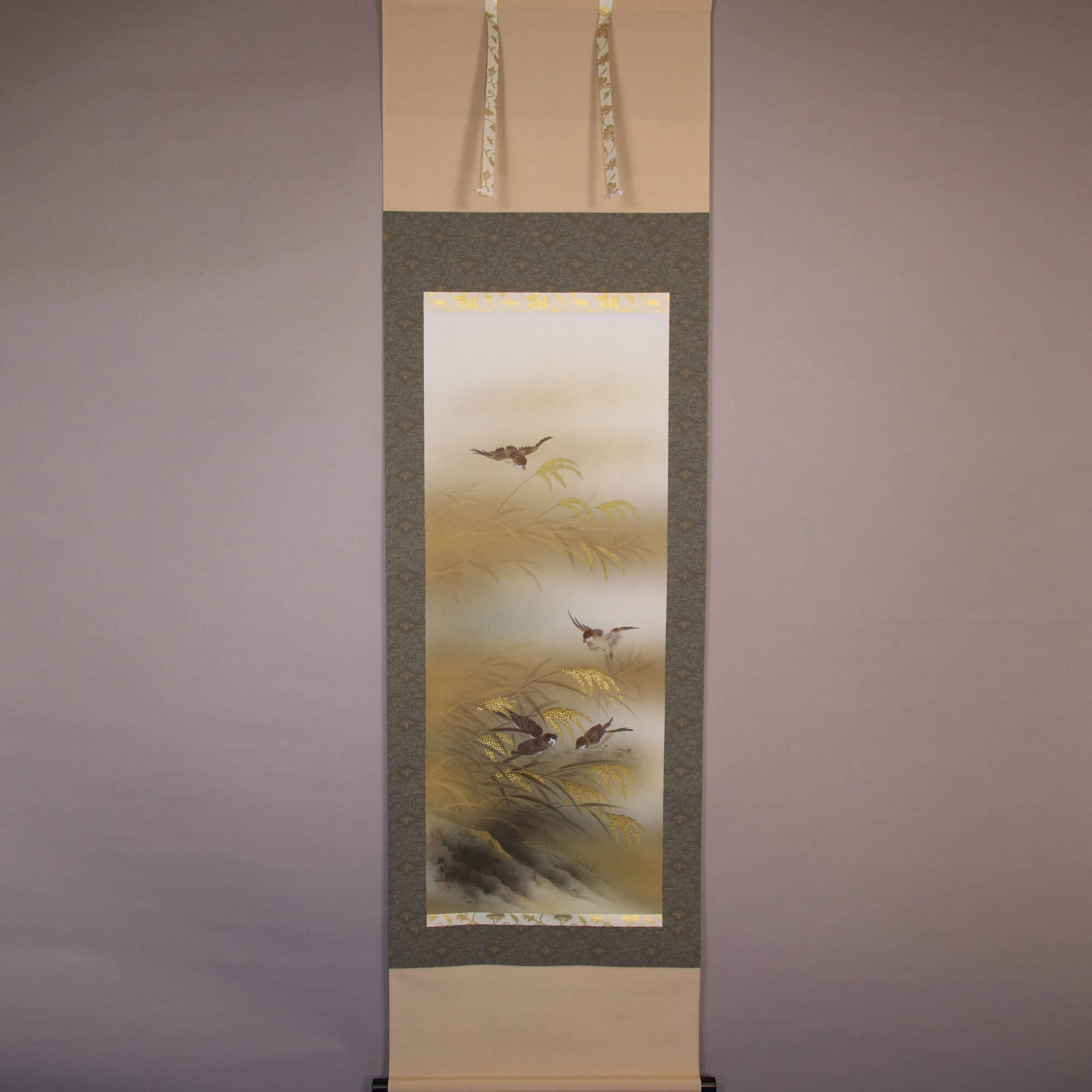 Product ID-B0134
Kakejiku Hanging Scroll: Ears of Rice & Sparrows / Kawamura Kanpō
Inaho ni Suzume
JPY 50,000
Product ID-B0134
Kakejiku Hanging Scroll: Ears of Rice & Sparrows / Kawamura Kanpō
Inaho ni Suzume
JPY 50,000
-
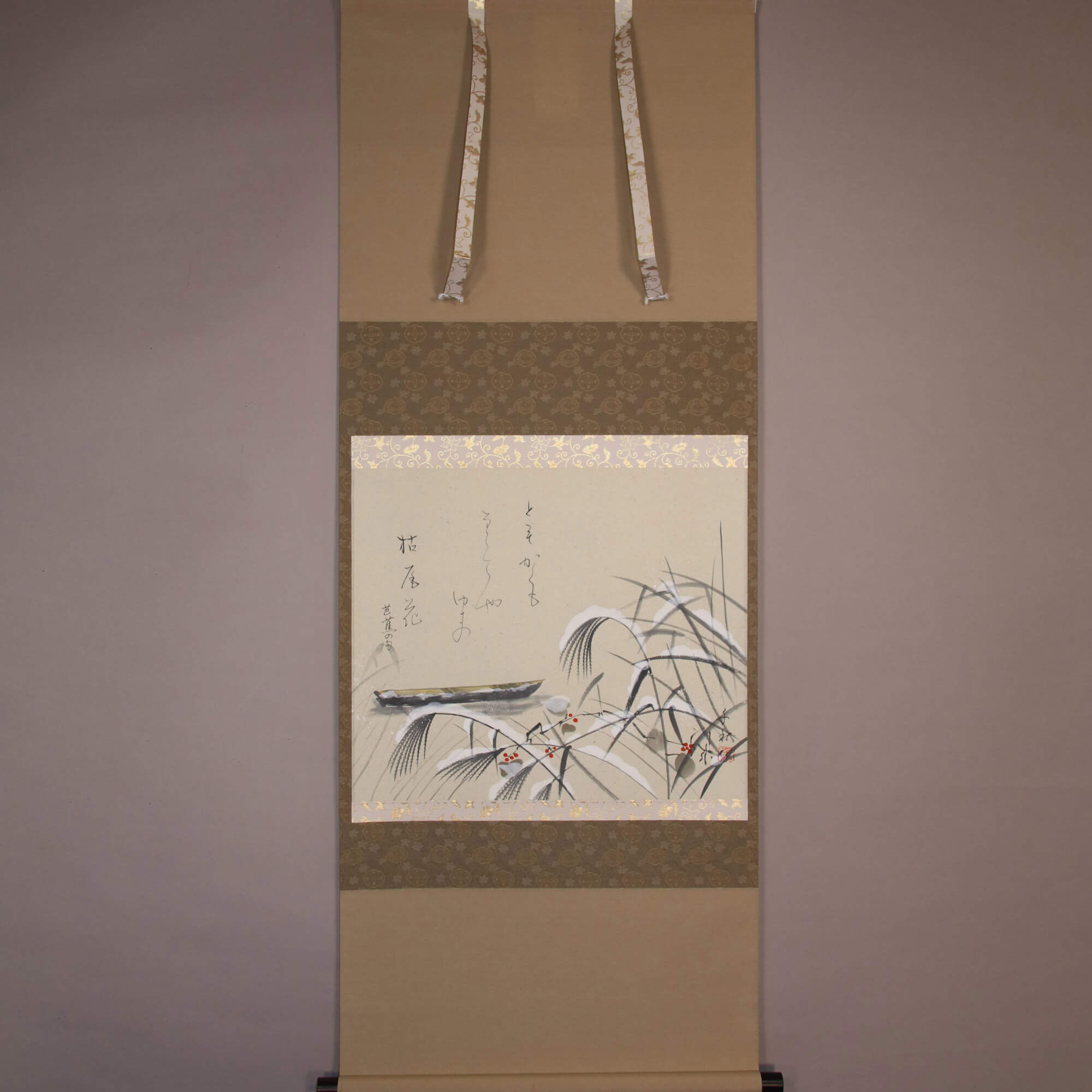 Product ID-B0135
Kakejiku Hanging Scroll: Withered Pampas Grass / Oguri Senshū
Kare Obana
JPY 35,000
Product ID-B0135
Kakejiku Hanging Scroll: Withered Pampas Grass / Oguri Senshū
Kare Obana
JPY 35,000
-
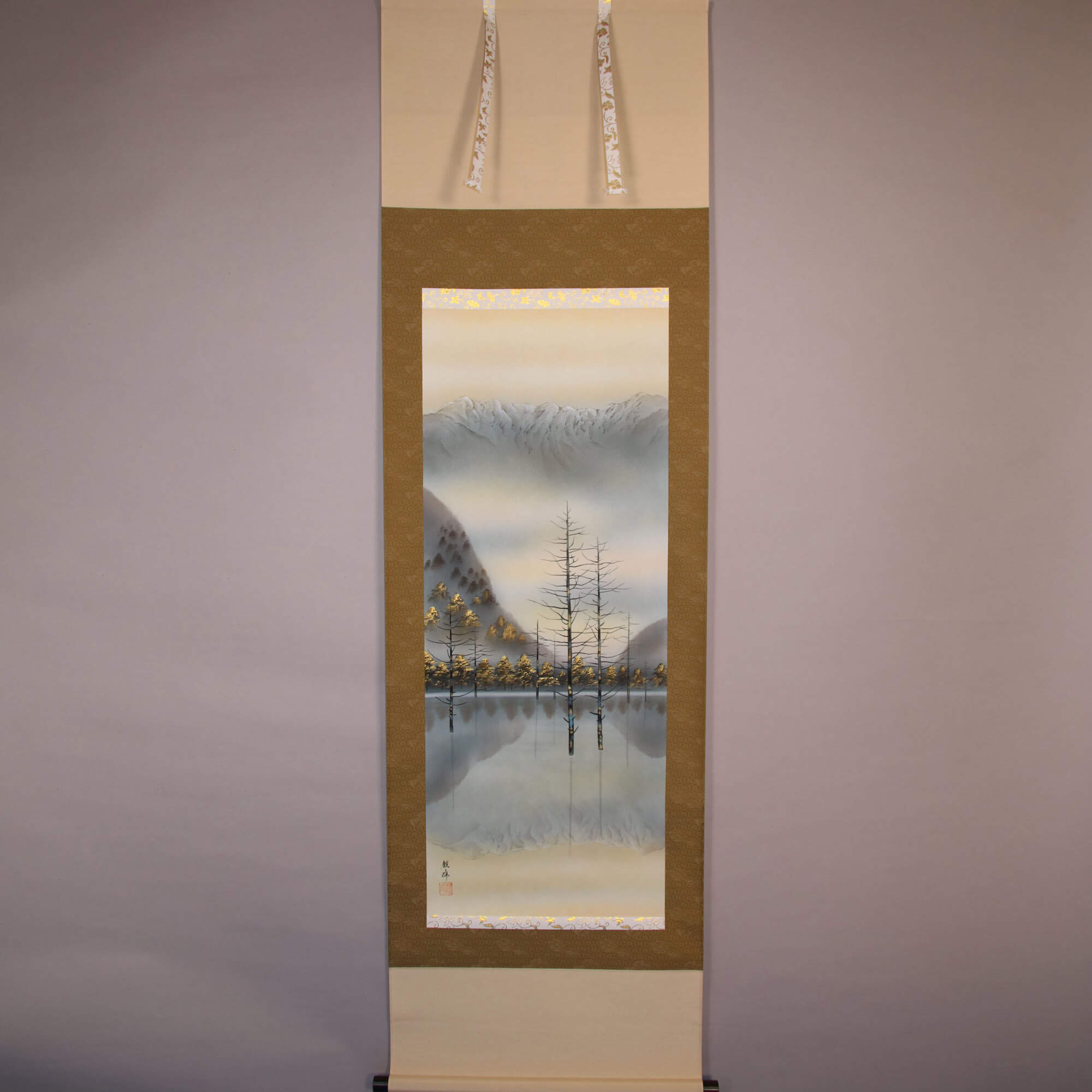 Product ID-B0136
Kakejiku Hanging Scroll: The Autumn Kamikōchi / Kawamura Kanpō
Shūkei Kamikōchi
JPY 50,000
Product ID-B0136
Kakejiku Hanging Scroll: The Autumn Kamikōchi / Kawamura Kanpō
Shūkei Kamikōchi
JPY 50,000
Contact Us
Please fill out the form below and submit for your inquiry.
Your privacy is important to us. We are committed to protecting your privacy.
(or press ESC or click the overlay)
CEO Message
(or press ESC or click the overlay)Our Feelings For Kakejiku
Company Profile
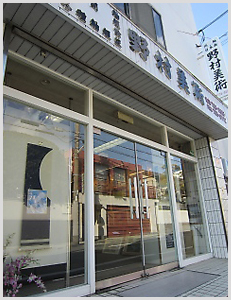
Name Art Nomura
President Tatsuji Nomura
Founded1973
Established1992
Address7-23 Babadori, Tarumi-ku, Kobe city,
Hyougo Prefecture, 655-0021, Japan
Capital10 million yen
URLhttp://nomurakakejiku.com
Our Business
Art Nomura is an art dealer which produces kakejiku (hanging scrolls). We mount many paintings and calligraphic works in kakejiku in my factory. Kakejiku are our main product. We also remount and repair old or damaged kakejiku. We share the traditional Japanese art of kakejiku with people all over the world.
(or press ESC or click the overlay)
Access Map
(or press ESC or click the overlay)Access Map
